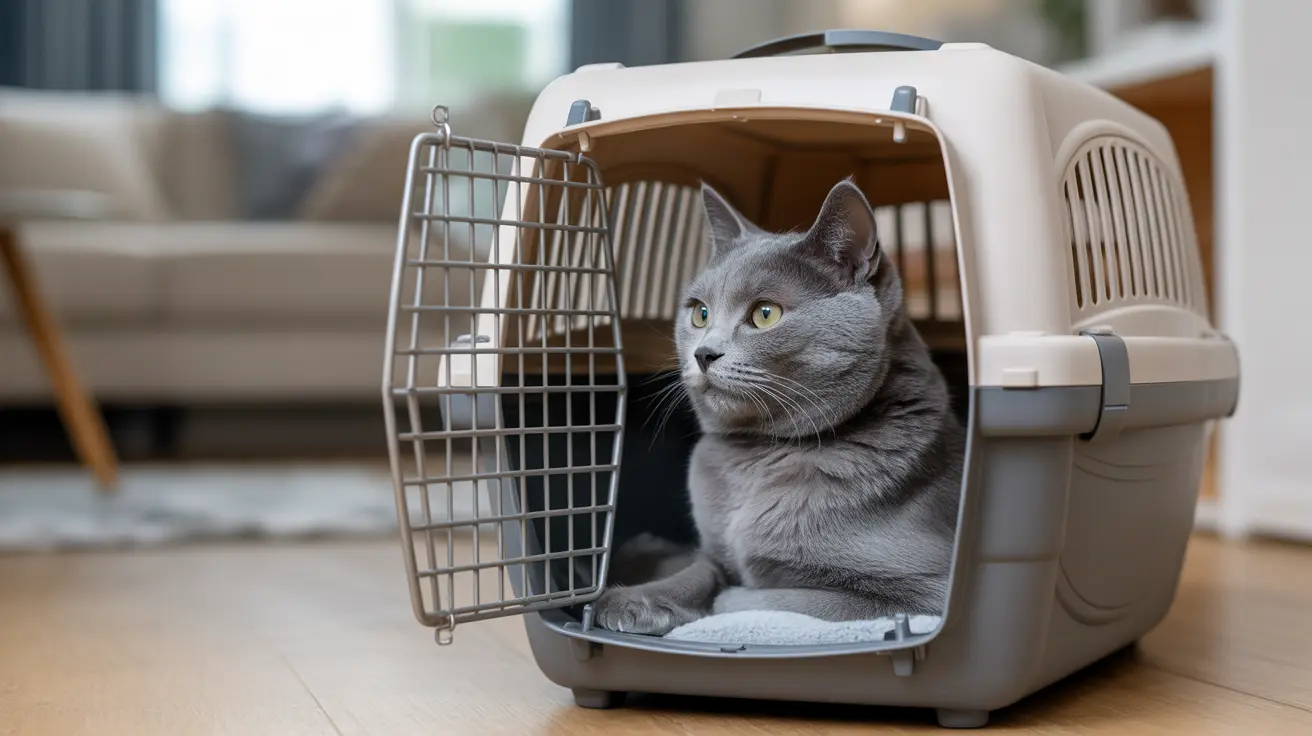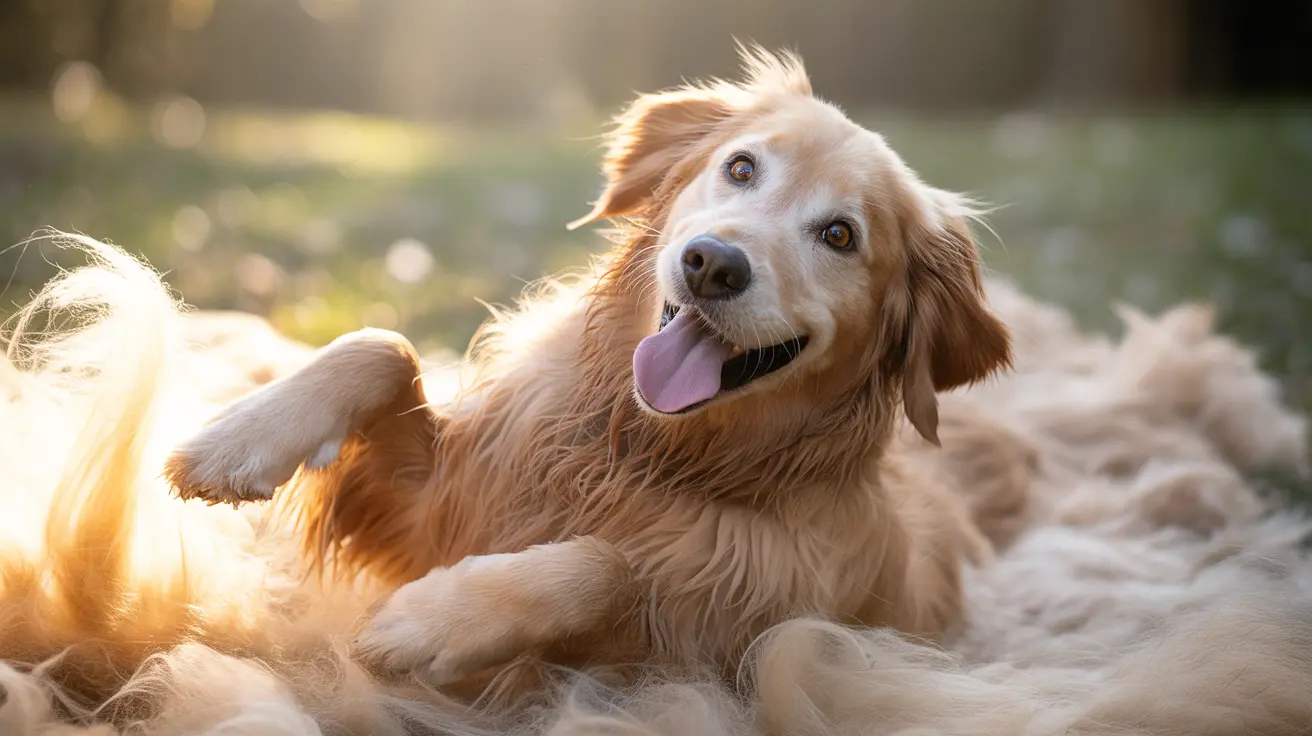Have you ever wondered why your cat's purring sometimes sounds like a miniature motor? This fascinating feline behavior has intrigued pet owners and scientists alike, leading to extensive research into the mechanics and meanings behind loud cat purring.
From contentment to communication, a cat's loud purr serves multiple purposes and can tell us a lot about their physical and emotional state. Let's explore the science behind this remarkable sound and what it means for your furry friend.
The Science Behind Loud Cat Purring
When cats purr loudly, they're engaging in a complex physical process involving their laryngeal muscles and vocal cords. This unique mechanism creates vibrations at frequencies between 20-150 Hz, with most cats purring at around 25-30 Hz during normal situations.
Interestingly, cats have special fatty tissue pads in their vocal cords that enable these low-frequency vibrations. This anatomical feature is unique to domestic cats and some small wild cats, setting them apart from their larger cousins like lions and tigers.
Common Reasons for Loud Purring
Expressing Contentment and Happiness
The most common reason for loud purring is simple happiness. When your cat is feeling relaxed and content, particularly during petting sessions or while curled up in their favorite spot, they might express their joy through increased purring volume.
Seeking Attention or Food
Cats are clever communicators and often use loud purring as a way to get what they want. This behavior, sometimes called "solicitation purring," is frequently accompanied by other attention-seeking behaviors like rubbing against your legs or leading you to their food bowl.
Self-Healing and Pain Management
Research suggests that the frequency of cat purring can actually promote healing and provide pain relief. When cats purr at frequencies between 20-50 Hz, it may help stimulate bone density and muscle recovery, explaining why cats often purr when injured or stressed.
Factors Affecting Purr Volume
Several factors can influence how loud a cat purrs:
- Genetics and breed differences
- Age and physical development
- Overall health and well-being
- Environmental factors and stress levels
- Individual personality traits
The World Record for Loud Purring
While most cats purr at around 25 decibels, some cats can purr much louder. The current Guinness World Record holder for the loudest purr is Merlin, a British cat whose purr was measured at an impressive 67.8 decibels – about as loud as a normal conversation!
When to Be Concerned About Loud Purring
While loud purring is usually normal, sometimes it can indicate underlying issues:
- Sudden changes in purring volume
- Purring accompanied by signs of distress
- Excessive purring during normally quiet periods
- Purring with other unusual behavioral changes
Frequently Asked Questions
Why do cats sometimes purr so loudly while being petted or relaxed?
Cats purr loudly during petting or relaxation because they're expressing extreme contentment. This is their way of communicating pleasure and strengthening social bonds with their human companions.
How can I tell if my cat's loud purring means they are happy or stressed?
Look at their body language: relaxed posture, slow blinking, and kneading indicate happiness, while tense muscles, flattened ears, or dilated pupils suggest stress or discomfort.
What causes some cats to have louder purrs than others?
Purr volume varies due to physical factors like vocal cord structure, breed characteristics, age, and individual genetics. Some cats naturally have stronger laryngeal muscles, resulting in louder purrs.
Can a cat's loud purring actually help with healing or pain relief?
Yes, research suggests that purring frequencies (20-50 Hz) can promote healing by stimulating tissue regeneration and reducing inflammation. This may explain why cats purr when injured or recovering.
Why do cats purr loudly when they want food or attention?
Cats have learned that loud purring, combined with other behaviors, effectively gets human attention. This "solicitation purring" is a learned behavior that helps them communicate their needs to their owners.
Understanding your cat's loud purring helps strengthen the bond between you and your feline friend. While usually a sign of contentment, paying attention to the context and accompanying behaviors will help you better interpret what your cat is trying to tell you through their powerful purr.






